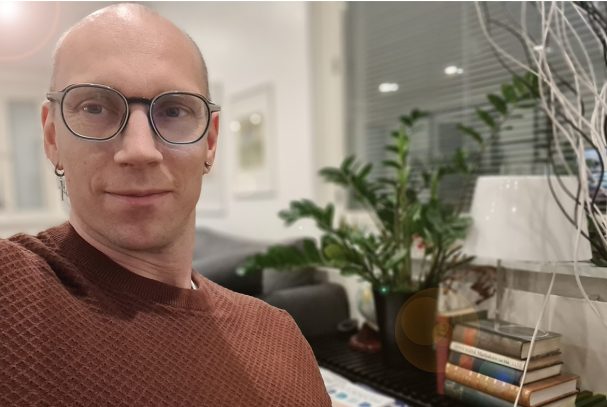Sometimes remarkable energy savings can be done by a cleaner. Sometimes the company’s intranet will do the same thing. The key is to know what to do, when and where.
As I wrote in an earlier blog post there is no “one” solution that will make the earth great again.
I have been talking about a 5-step energy management process for a while. The steps are:
- Measure, analyse and react
- Optimise
- Invest and maintain
- Share the information
- Repeat
By looking at the list above you can see that it is more of a holistic approach where everyone needs to take part.
As I see, there is no right order to do this except that you should always start with measuring the energy consumption to get a baseline consumption.
1. Measure
Idea with measuring is simple. Measure and compare the consumption and try to find deviations and trends. This part is easy and could even be done with Excel but to be able to get degree day compared consumptions you need a proper software for that. As it happens, we have one*.
The other reason for measuring is to be able to follow up if done saving measures have had any effect on the energy consumption. Measuring does not help if one does not react to deviations found.
2. Optimise
Optimisation usually means that one optimises the technical systems based on the needs of the building, for example, it does not make any sense to have Air handling units working in full effect 24/7. Another good example it that one tunes in a heat pump.
I have heard people say that one can achieve 30 % savings by optimising the systems. 30 % is a lot compared to the cost related.
3. Invest and maintain
Investing in more energy efficient technology is a way of achieving sustainability goals. Replacing assets or investing in new technology does usually come with a cost. But as it is an investment, this should also make business sense.
One thing that is to some extent forgotten is that maintenance is an important way of saving energy. My colleagues in the Middle East once did an energy audit to a residential block in Dubai. They noticed that the cooling towers had not been cleaned for a while. They had the towers cleaned and that saved 30 % in electricity.
4. Share the information
We made a study some years ago if there is some impact in energy consumption if energy information and steps to save energy is given to the users of a building. Based on the results we noticed that there was a 2 % saving impact by sharing information to the tenants and other users in the building.
2 % does not seem much but 2 % is still a lot considering that this effort does not cost that much. Main issue is to find the right way to engage the users of the building.
5. Repeat
As I wrote in an earlier blog post [Energy optimisation is a continuous process – Don’t forget to follow up] energy optimisation is a continuous process. You need to measure and find deviations monthly, optimise all the time and do the maintenance.
*Get a proper software to handle the whole process
All the 5 things can be done without any software tools but following everything up using a software is much easier. Granlund Manager has modules for all these things mentioned above.
Energy consumption is measured, followed up and deviations are found in the Energy module. Deviations and small notes are added in the maintenance notes module.
Optimisation is done in the Building Analytics module. Investments are added and followed up in the Long-Term plan module. Maintenance tasks are followed up in the maintenance module and energy information is shared using our Dynamic Reporting tool.
Read also:
Explaining digital twins of building
Why most sustainability projects will fail?
Energy optimisation is a continuous process – Don’t forget to follow up
There is no magic wand to save energy

Written by
Otto Åkerberg
Otto is a Regional Manager at Granlund. He has over 15 years of experience as a consultant, specialised in the operation phase of buildings. His current role is to expand the business in the European market. Otto is a keen rugby player that loves food. He has been called a gastronaut as he is always interested to taste something new.



